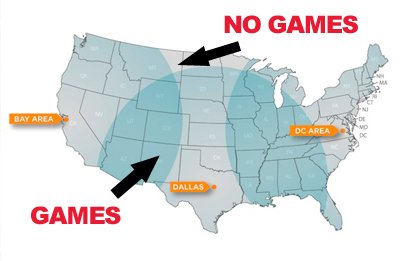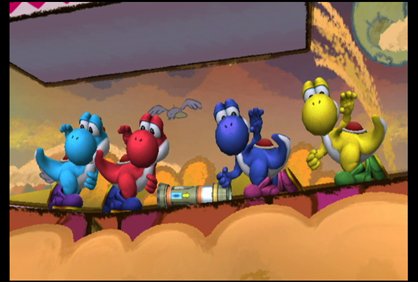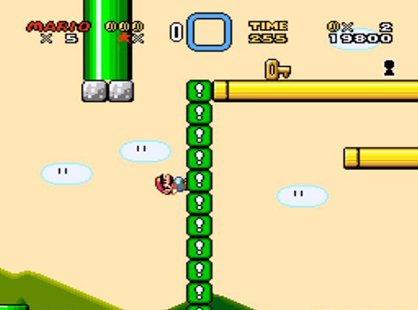Are old-school Sonic and Mario really that good?
Myth-busting, nostalgia-free re-reviews of gaming's two most sacred cows
And as gamers, the trait applies doubly so as our favourite franchises evolve. But are we right, or is it just nostalgia? We all ‘know’ that the new 3D Sonic games are crap compared to the hedgehog’s amazotron 2D days, but was 16-bit Sonic really that good? And with New Super Mario Bros. Wii splitting opinion amongst long-time Nintendo stalwarts, we have to ask, are we comparing it to halcyon childhood reminiscence rather than the actual ‘90s reality? It’s time, we think, for an objective re-review of both franchise’s landmark titles, played again today and judged bytoday's standards. Super Mario World and Sonic 2, the rose-tinted specs are off.
Super Mario World
After his mind-boggling evolution of the Super Mario Bros. series on the NES, Shigeru Miyamoto became gaming’s most respected pioneer. With the dawn of the new 16-bit SNES in 1992, the world expected him to deliver something truly landscape changing with the next instalment. Did he manage to do so? Mostly, yes.

Above:This little spot changes the whole dynamic of the game. Know how to unlock it?
The trademark of the Mario series has always been the way in which it expands upon its basic concepts in new and unexpected ways with each addition. Super Mario Bros. 3 represented a quantum leap in this respect, but against all odds Super Mario World managed to develop our perceptions of the 2D platformer even further, albeit to a slightly smaller degreethan its predecessor.
Playing Super Mario World now, it’s even clearer how much deeper and more layered the overall production is than almost any other platformer before or since. The majority of SMW’s level design is ingenius at best and slick at worst, but the real cleverness of Miyamoto’s design comes in the way everything is held together.

The world is yours
The “World” part of the game’s title is more significant than you might think. Taking SMB3’s hub-map structure as a jumping off point, SMW exists within a much more organic, fundamentally changing environment in which the actions of the player have relevance to much more than their completion of a particular stage.
The inclusion of Switch Palaces – monster-sized versions of SMB3’s environment changing devices, capable of showering every level in the game with new blocks – add a level of progressive world development that gives the platformer the feel of an RPG. As you progress, the game world is affected by your actions, it and the levels within it evolving and changing to provide new layouts, routes, areas, secrets and gameplay approaches upon replay.
Sign up to the GamesRadar+ Newsletter
Weekly digests, tales from the communities you love, and more

Above: Mario running up a vertical wall, in a player-transformed level, towards a secret exit. SMW's evolution summed up inone image.
Similarly, seemingly innocuous tweaks to the power-up system are actually fundamental in creating a free-flowing, customisable experience. The ability to keep an item in reserve to be accessed in real-time during a level adds a whole new player-driven tactical element to approaching the game, aided in no small part by the new ability to raid completed levels for the right tools with which to tackle the next, before quitting out by pressing Start and Select.
Super Mario Bros. 3 provided a foundation for this by allowing a stash of power-ups to be slowly accrued from Toad Houses, but the somewhat random nature of what was acquired as well as the need to tool up before a level (not to mention the comparable divorcing of hub and levels) makes Super Mario World a vast evolution.



